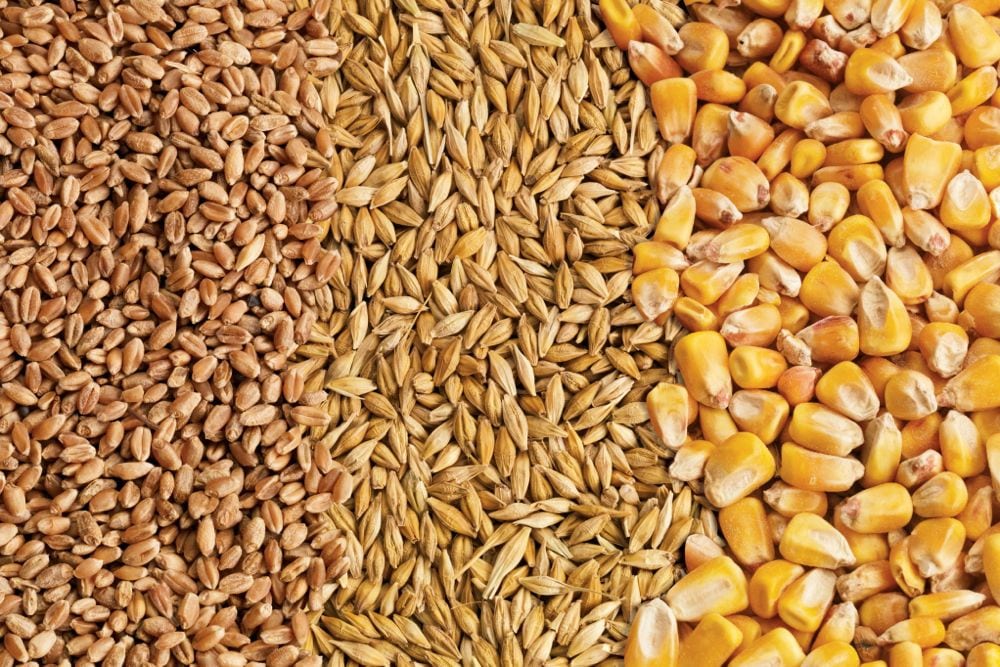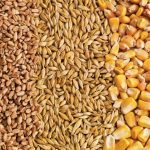Glacier Farm Media — Prices for feed barley and wheat have been trending higher lately, said analyst Jerry Klassen of Resilient Capital in Winnipeg.
“I talked with some feedlots and they’re having to pay $270 to $275 (per tonne) for barley for late-December/early-January delivery,” Klassen said, pointing Canada’s strong export program in the 2025/26 marketing year.
The analyst said barley prices have been increasing despite a harvest that’s likely more than the 8.23 million tonnes Statistics Canada estimated in September. StatCan is set to release its updated production figures on Dec. 4 and Klassen pegged barley at 9.20 million tonnes. He cited the cooler temperatures in July across the Prairies as giving a boost to yields, although the quality might not be as good as other years.
Read Also

Domestic abuse survivors may need extra support when livestock is involved, experts say
Animal health and intimate partner violence are linked, say speakers at the Humane Canada One Health Conference
To contend with that strong foreign demand, Klassen said feedlots are looking past their usual sources such as southern Alberta.
“They’re finding that when they go to these farther distances in Saskatchewan, that barley is already spoken for by the elevator to move offshore,” he explained.
With that situation, Klassen said farmers with malt barley to sell are looking to put it into the feed channels. Added to that, January is usually when the feedlots have the most cattle, increasing their need to acquire feed, be it barley, corn or wheat.
The Canadian Grain Commission reported for the week ended Nov. 23, cumulative barley exports for 2025/26 reached 1.16 million tonnes compared to 800,000 a year ago. Year-to-date wheat exports hit 7.17 million tonnes versus 6.35 million this time last year.
“We probably need one and a half million tonnes of (United States) corn to come in here to fill the demand,” he said.
Klassen believes that 2025/26 barley ending stocks are likely to be less than those for 2024/25. On Nov. 24, Agriculture and Agri-Food Canada estimated barley ending stocks for 2024/25 at 1.25 million tonnes and those for 2025/26 at one million. Those numbers could change come AAFC’s December estimates, which comes after the StatCan production report.
As for feed wheat, Klassen said good wheat prices outside of Canada have seen domestic growers sell their wheat to foreign demand. In turn, that’s reduced the amount of wheat in the Canadian feed system and underpinning prices.
Prairie Ag Hotwire placed feed barley prices in Alberta at C$4.35 to C$5.83 per bushel delivered, up 11 cents on the week. Prices in Saskatchewan were unchanged at C$4.46 to C$4.75/bu. delivered, while those in Manitoba dipped three cents at C$4.25 to C$4.44.
Feed wheat gained eight cents in Alberta at C$5.84 to C$7.48/bu. delivered. The Manitoba price edged up three cents at C$5.86/bu. and Saskatchewan was steady at C$6.88.















